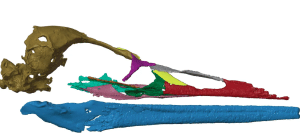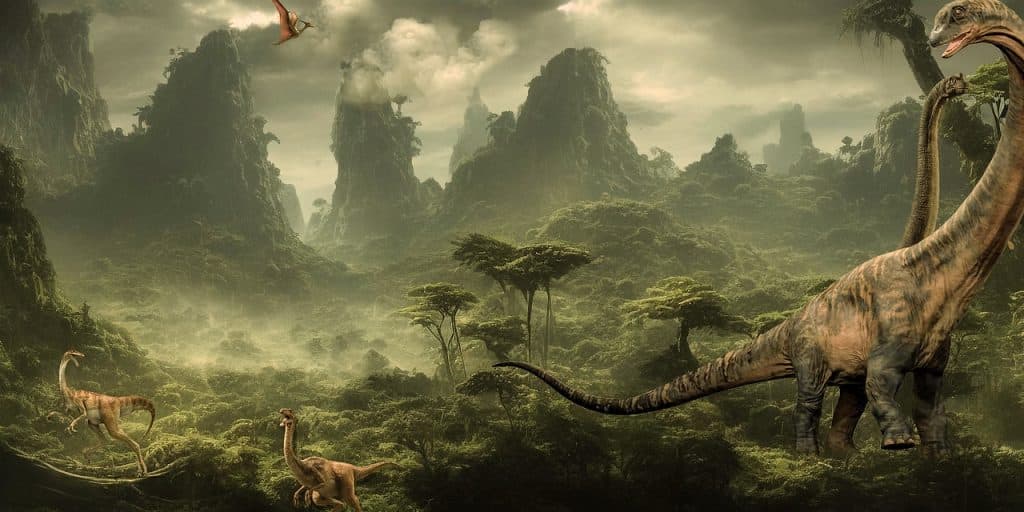Flying fossils? Maybe! A remarkable discovery in Antarctica has unveiled the oldest known modern bird, a 68-million-year-old fossil! This discovery challenges our understanding of bird evolution and what we know so far. The fossil, a nearly complete skull, belongs to Vegavis iaai, a duck-sized species that lived just before the asteroid struck Earth, wiping out the dinosaurs. This prehistoric bird had mighty predators and was from the Cretaceous period. Let’s look more into our newly found bird friend, shall we?

What This Fossil Tells Us
While birds from this era were drastically different from today’s species—many had toothed beaks and long, bony tails—Vegavis stood out as surprisingly modern. Researchers suggest it was a foot-propelled diver, much like today’s loons and grebes. This bird is believed to have used its legs to chase fish underwater, and the fossil also indicates that it had jaw muscles suited for snapping its beak shut while diving. This is an adaptation found in modern aquatic birds today! Picture a duck or a seagull swiping down into the water for a chomp! This would be a similar movement to what the skull indicated for the Vegavis iaai.
A Little Background On The Vegavis iaai
Scientists first identified Vegavis two decades ago, but doubts lingered about whether it truly belonged to the lineage of modern birds. Most bird fossils from this period were from after the mass extinction event 66 million years ago. It wasn’t until researchers discovered this near-complete skull in 2011 that they could confirm Vegavis as a true modern bird. With a toothless beak and other key features like an enlarged premaxillary bone, the fossil matches characteristics seen in the birds we know today. Vegavis iaai were known to be in North America, and the information in this fossil challenges much of what we thought we knew.
A study published in Nature suggests that Vegavis was an early member of the modern bird group, predating the mass extinction event. “This fossil is an exceptional find that challenges previous assumptions about when modern birds first appeared,” said Juan Benito Moreno, a fossil bird expert at the University of Cambridge. Certain distinctions on the skull offer new information about the Vegavis iaai. This encourages researchers to put more effort into learning about birds from this time period and makes one wonder if more discoveries can be made about this bird!
What Can We Learn From The Skull?
The fossil’s shape gives clues and new insights into its lifestyle. Unlike other waterfowl, Vegavis had a slender, pointed beak and was more suited to diving than feeding on the surface. Researchers speculate it thrived in a forested, temperate Antarctica, hunting in nearshore marine environments. This discovery, along with the related fossil of Conflicto antarcticus found nearby, offers new clues about how some species survived the catastrophic events that led to the dinosaurs’ extinction. This opens doors that were not only closed but also ones we did not know were there to open and explore.
Recapping
This breakthrough reshapes our view of avian evolution and provides a rare glimpse into the diversity of life that survived during the age of the dinosaurs. The Vegavis fossil brings us closer to understanding the origins of the 11,000 bird species that populate the Earth today. Learning more about life on Earth in the past is critical to our future. Researchers may even find more fossils in this area, bringing more news and knowledge to us. Who knew that the Vegavis iaai would prove to have more information waiting to be discovered? Only time will tell!









